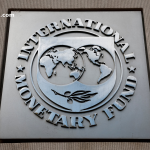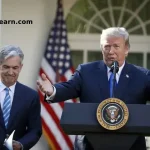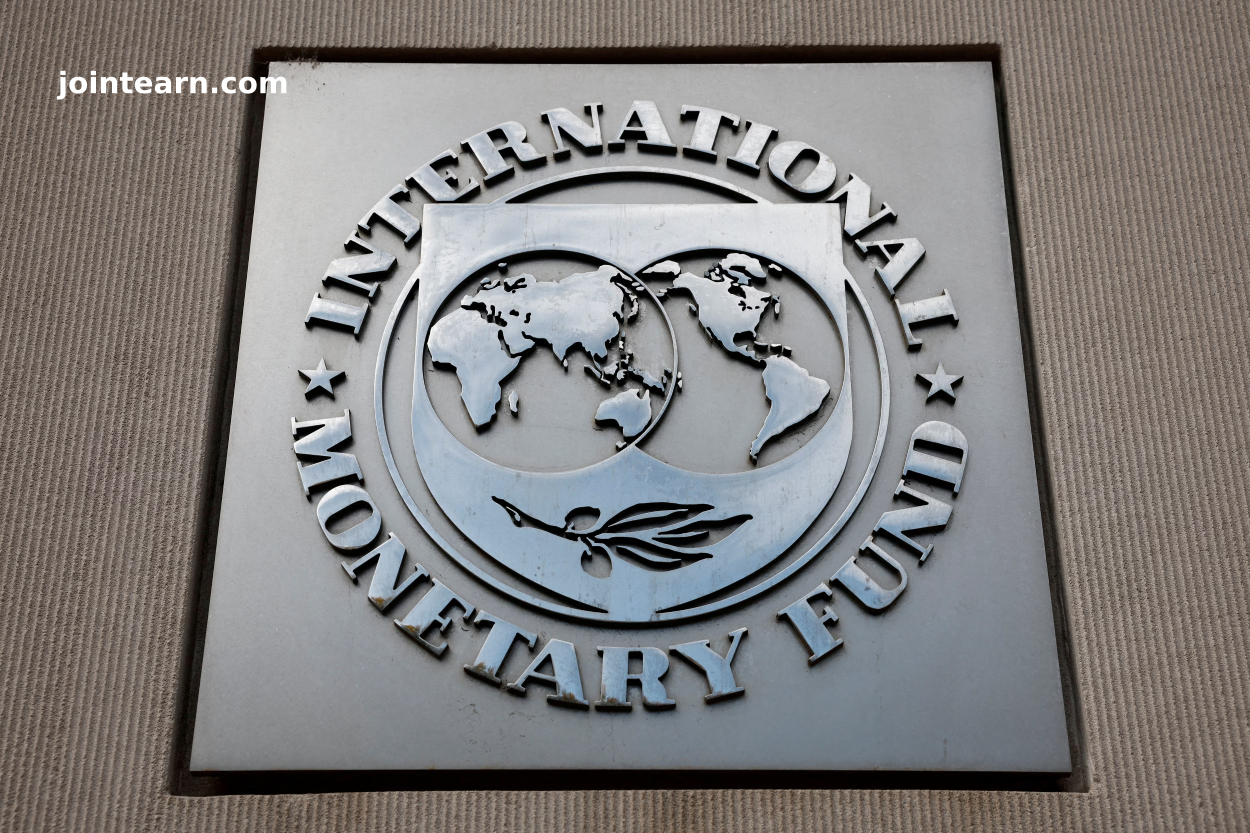Many Asian central banks have the capacity to ease monetary policy to mitigate the negative impact of U.S. tariffs on their economies, according to a senior official from the International Monetary Fund (IMF). The comments come as the IMF revised its economic growth forecasts for the export-driven region, citing heightened trade policy uncertainty.
In its latest report, the IMF downgraded its GDP growth projections for Asia, forecasting that the region’s economic growth will slow to approximately 3.9% in 2025 and 4.0% in 2026. This is a significant drop from the expected 4.6% growth in 2024 and below earlier forecasts.
US Tariffs Escalate Trade Policy Uncertainty in Asia
Krishna Srinivasan, Director of the IMF’s Asia and Pacific Department, explained that trade policy uncertainty has worsened the region’s short-term economic outlook. The IMF’s revised forecasts are directly influenced by U.S. President Donald Trump’s announcement on April 2, 2025, of steep import tariffs on a wide range of countries worldwide.
Srinivasan noted that the ongoing trade tensions and tariffs, particularly those imposed on Asian countries, present significant challenges for policymakers. However, he emphasized that lower inflation levels across much of Asia give central banks in the region room to ease monetary policy and support economic activity.
Monetary Easing and Inflation Outlook
Srinivasan pointed out that inflation in many Asian economies is either at or below target, providing a favorable environment for rate cuts. “In a region where inflation is mostly at or below target, there is scope for monetary policy easing to cushion the external shocks in many countries,” he said.
Countries like Cambodia, Vietnam, and Thailand are among those facing the highest U.S. tariffs globally, with duties on goods from Cambodia at 49%, Vietnam at 46%, and Thailand at 37%. Although Trump later paused the introduction of these tariffs, he increased duties on Chinese imports, further escalating trade tensions with the world’s second-largest economy, China.
Asia’s Vulnerability to Global Trade Shocks
Srinivasan explained that Asia is particularly vulnerable to trade shocks due to its openness to global trade and its integral role in international supply chains. “The combination of greater exposure to the U.S. market and significant global policy uncertainty presents a vulnerability for the region,” he stated, adding that the risks are “tilted to the downside.”
The IMF also highlighted the risk of financial market volatility disrupting capital flows and investment in the region. To address potential economic disruptions, Srinivasan noted that exchange rate flexibility would act as a buffer, but currency interventions could be considered in cases of heightened volatility in financial markets.
IMF’s Ongoing Concerns for Asia’s Economic Stability
While the IMF acknowledged the room for monetary easing, it also warned that the uncertainty surrounding trade policies and global economic conditions poses a significant challenge for Asian economies. The IMF’s outlook suggests that Asia will need to carefully navigate the interplay between domestic economic conditions and global trade tensions, especially with the continuing tariff disputes between the U.S. and China.












